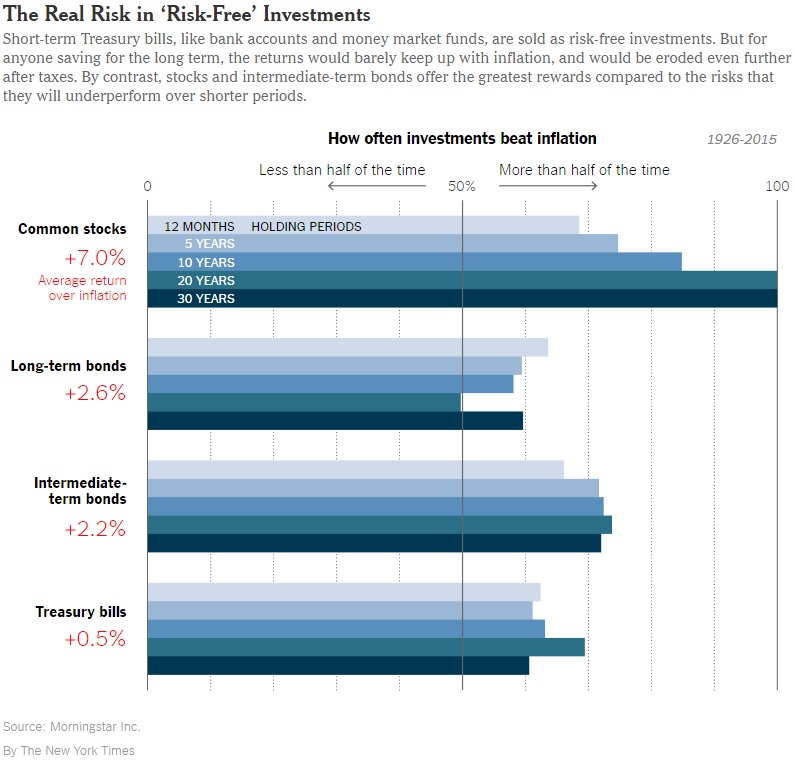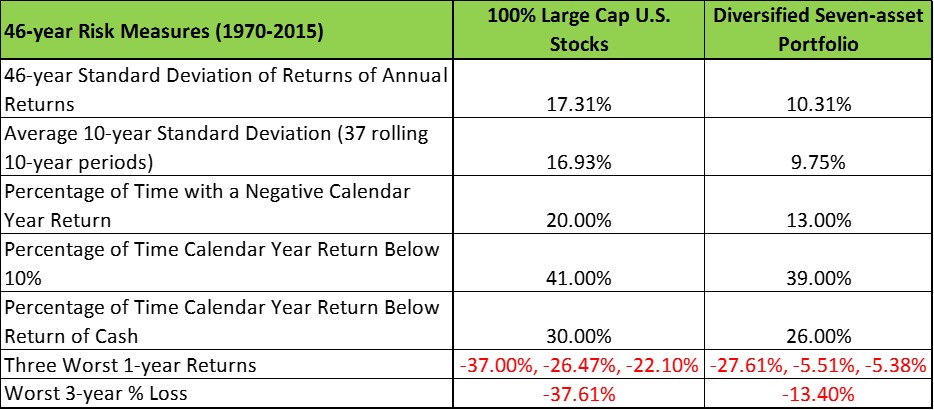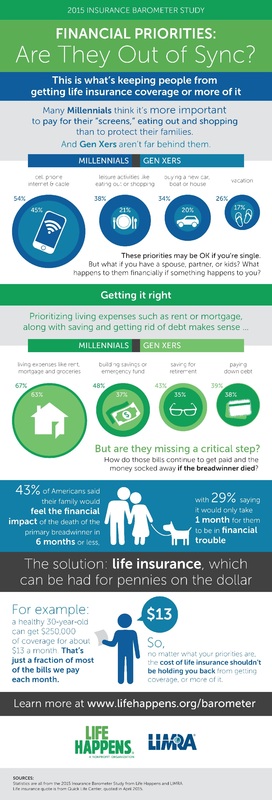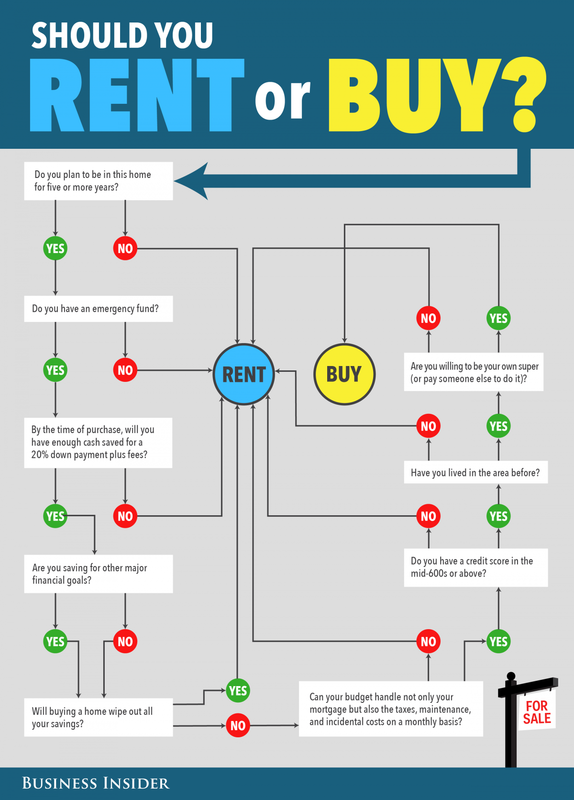A. You might have heard friend who traveled the globe with no cost, and people who make $500,000 a year by gaming the credit card system, just as this article at Racked.com illustrates.
But the caveat? When you clink any of the links mentioned in that article, be careful not to be gamed by the system itself!






 RSS Feed
RSS Feed
